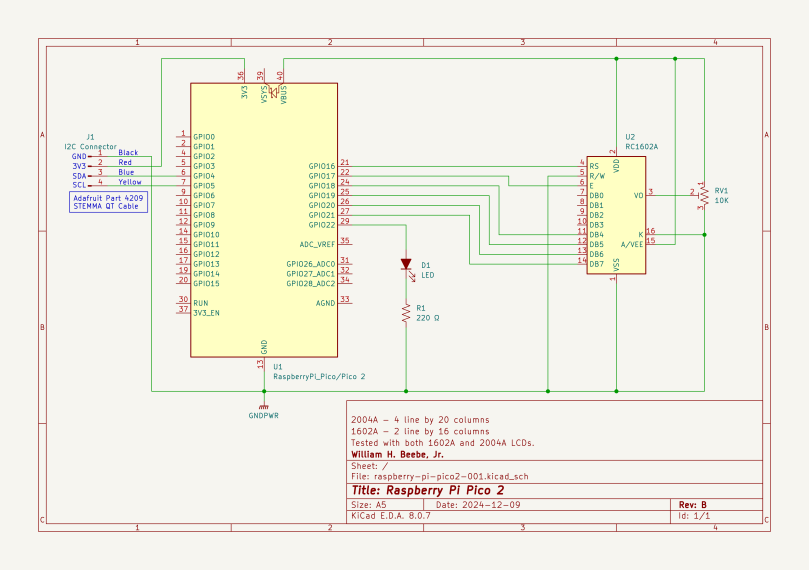
I’ve spent yesterday evening and today performing a clean installation of Linux Mint 22 and then moving my content over to it. I’ve been grumbling about abandoning Mint because of its atrocious update tool. I’d spoken about moving back to either Fedora (41) or Ubuntu (24.10). So I swapped a blank SSD into my system, downloaded an ISO of each distribution and installed them one by one onto my system to give them both a quick spin. They’re both excellent, but my personal preferences are still towards Linux Mint, regardless of its flaws. In the end I installed Mint 22 and I’ve been tuning it to my liking since late this morning.
Performing a clean install of any operating system allows you to start a-fresh with just the applications and setup you want. By the time I’d reached a point of operational parity with my older Mint installation, my SSD usage with Mint 22 was 10%, compared to 30% with Mint 21.3. And that Mint 22 usage includes all the tool and development folders I copied over from the older Mint system to new system. I don’t know where all the extra cruft came from on the older Mint 21 installation, except perhaps the applications I installed over the years left behind a lot of cache and configuration data when the application was uninstalled.
The newly installed system is performing much better than before. The desktop is snappier and it appears that running tasks finish faster as well. Desktop graphics, especially text, is clearer and cleaner. This is due in no small part to being based on Ubuntu 24.04 LTS and advances in the Cinnamon desktop, although the absolute latest Cinnamon desktop won’t show up until Mint 22.1 officially arrives with Cinnamon 6.4 in tow. It will be interesting to see if the next Mint release updates without any issues on my newish Mint system.



You must be logged in to post a comment.